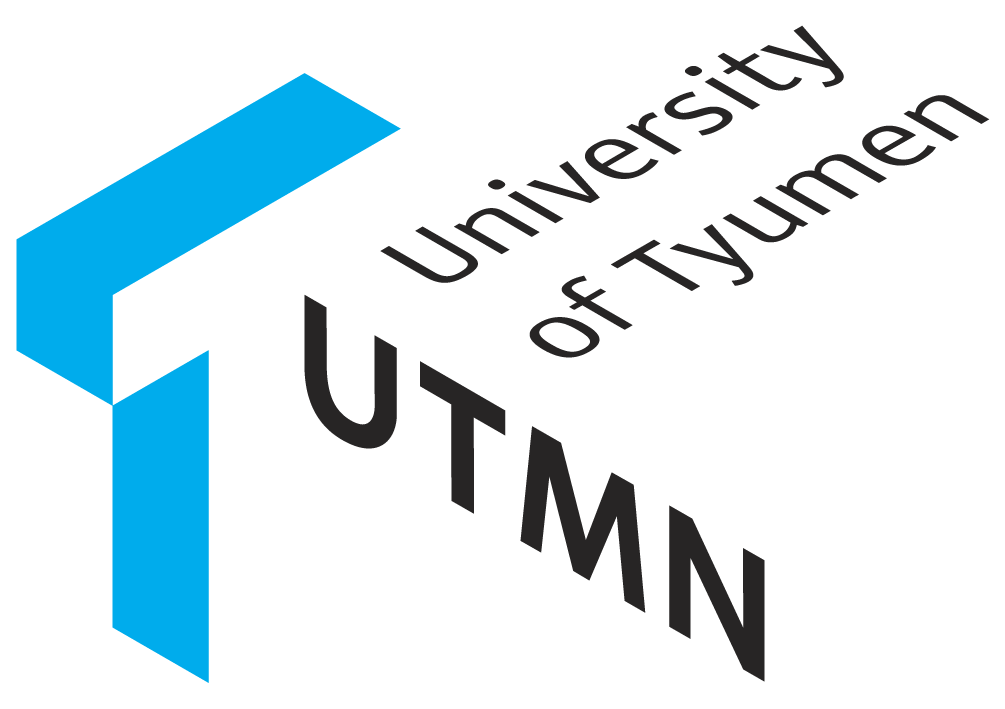UTMN: UTMN study the Western Siberia vegetation cover restoration after fires
Scientists of UTMN and the University of Münster (Germany) during their joint research, discovered a trend, where after a fire, moss-shrub facies would replace lichens in the Western Siberia tundra. The research coordinator is Professor Norbert Helzel, honorary Doctor of UTMN.
Moss-shrub facies absorb carbon dioxide from the air, thus their increased growth after the fires. Scientists have analyzed how vegetation can restore in 40 years. The results are published in the journal “Science of the Total Environment”.
Andrey Soromotin, Honored Ecologist of Russia, Doctor of Biological Sciences, Director of the Research Institute of Ecology and Rational Use of Natural Resources at UTMN, comments:
“Forest fires are relatively rare in subarctic tundra ecosystems, but they can greatly change the properties of ecosystems. The short-term effects of fires on subarctic tundra vegetation are well documented, but the long-term recovery of vegetation is less well understood. In our work, we used a space-time approach. It allowed us to see how the soil temperature and the depth of the “active” layer have recovered after more than 44 years. However, the vegetation has not fully reached the pre-fire state. The areas disturbed by the fire had lower lichen and moss-shrub cover.”
The field study considered the structure of the soil and vegetation of the dry lichen tundra of Western Siberia at three large sites, where fires occurred more than forty-four, twenty-eight, and twelve years ago. At 60 sites, researchers determined the soil temperature and the depth of permafrost thawing took vegetation samples, and noted the functional features of the plants. At the burned areas, dwarf birch (Betula nana) became the dominant shrub species, which demonstrated relatively high viability (greater specific leaf area and plant height) compared to the control areas.
The study involved young researchers. Leia Brodt, a graduate student at the UTMN Institute of Earth Sciences, tested field materials using remote sensing methods based on the Vegetation index (NDVI). She evaluated trends in the normalized difference vegetation index to support the results of field measurements.
Experts point out that the consequences of fires in the Arctic are one of the most relevant topics of scientific research, especially in connection with the assessment of the role of tundra ecosystems in the processes of carbon release and conservation. As the climate warms, the frequency of tundra fires is expected to increase. There is evidence that vast areas of permafrost are becoming sources of greenhouse gases (water vapor, carbon dioxide, and methane) due to global warming.
“Understanding the long-term effects of wildfires is essential for predicting future changes in Arctic ecosystems and their role in carbon sequestration processes,” Andrey Soromotin emphasizes.
The scientific community of the University of Tyumen is actively working towards solving the problem of carbon deposition in soils. Moreover, the University has been designated as a federal site for the creation of a carbon landfill in 2020-21. UTMN has launched the TerrArctic project, dedicated to sustainable land use in the Arctic in the light of global natural changes: Natural and Anthropogenic factors of stability. The research coordinator is Professor Yakov Kuzyakov, Goethe University (Germany). TerrArctic was launched under the mega-grant of the Government of the Tyumen Region.

